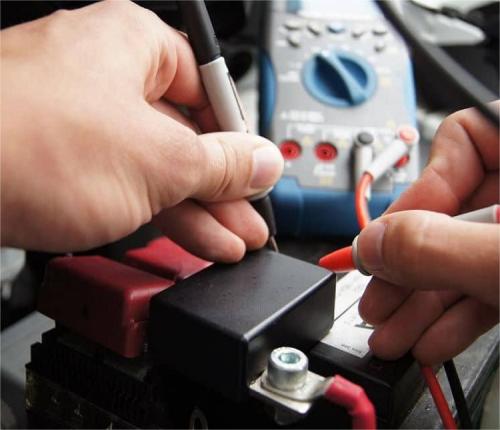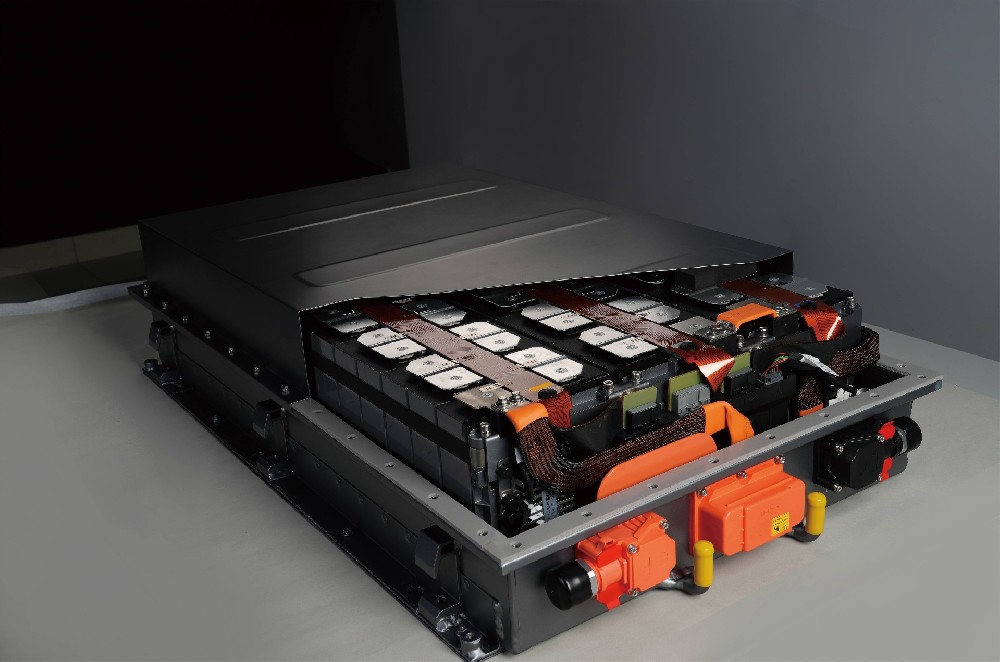Lithium-Ion Battery Care Guide
There are some significant differences between lithium-ion battery protection boards and BMS (battery management system) in terms of function and role, although they are both designed to protect batteries.
A. Functional Differences
1. Lithium-ion battery protection board:
The main function is to provide basic battery protection, such as overcharge protection, over-discharge protection, short circuit protection, etc.
It protects the battery from damage by monitoring the battery's voltage, current and other parameters and cutting off the circuit when the parameters are abnormal.Lithium-ion battery protection boards are usually smaller in size and lower in cost, and are suitable for applications where battery protection requirements are not high.
2.BMS (Battery Management System):
In addition to providing basic battery protection, BMS also has more advanced functions, such as battery status monitoring, power estimation, battery balancing, thermal management, etc.
BMS can monitor battery voltage, current, temperature and other parameters in real time, and accurately estimate and manage the battery status through algorithms.
It can also perform battery equalization to improve the consistency of the battery pack and extend the battery life.
BMS usually has a higher cost and a more complex structure, and is suitable for occasions with higher requirements for battery management, such as electric vehicles, energy storage systems, etc.
B. Differences in working principles
1. Lithium-ion battery protection board:
The working principle is relatively simple, and it mainly monitors the battery's voltage, current and other parameters through a circuit composed of electronic components.
When the parameters are abnormal, the circuit will output a control signal to disconnect the battery from the power supply or change the circuit state, thereby protecting the battery.
2.BMS (Battery Management System):
The working principle is more complicated and usually includes multiple modules such as data acquisition, data processing, and control strategy.
It collects battery parameters such as voltage, current, and temperature through sensors, and processes and analyzes the data through algorithms.
Based on the analysis results, BMS will formulate corresponding control strategies, such as adjusting the charging rate and performing battery balancing, to optimize battery performance and extend battery life.
C. Technical Complexity
1. Lithium-ion battery protection board:
It mainly relies on hardware protection, which is composed of IC, MOS, resistors, capacitors and other devices.
The technology is relatively simple, but very practical, especially effective in protecting batteries from damage.
2.BMS (Battery Management System):
Integrated with battery management software, it has more functions and intelligent operation.
The technology is more complex and requires more advanced algorithms and data processing techniques.
Enables higher levels of battery management and optimization.
D. Differences in application scenarios
1.Lithium-ion battery protection board:
Widely used in various portable electronic devices, such as mobile phones, laptops, tablet computers, etc. It is also widely used in small power systems such as two-wheeled, three-wheeled and four-wheeled regional electric vehicles.
These devices have relatively low requirements for battery protection, so lithium-ion battery protection boards can meet the needs.
2.BMS (Battery Management System):
It is mainly used in electric vehicles, energy storage systems, large UPS power supplies and other occasions with high requirements for battery management.These occasions have higher requirements on battery performance, safety, reliability, etc., and therefore require more complex and advanced battery management systems to ensure them.
There are significant differences between lithium-ion battery protection boards and BMS in terms of functions, working principles, and application scenarios. When choosing which battery protection solution to use, you need to make comprehensive considerations based on specific application requirements and battery characteristics.






